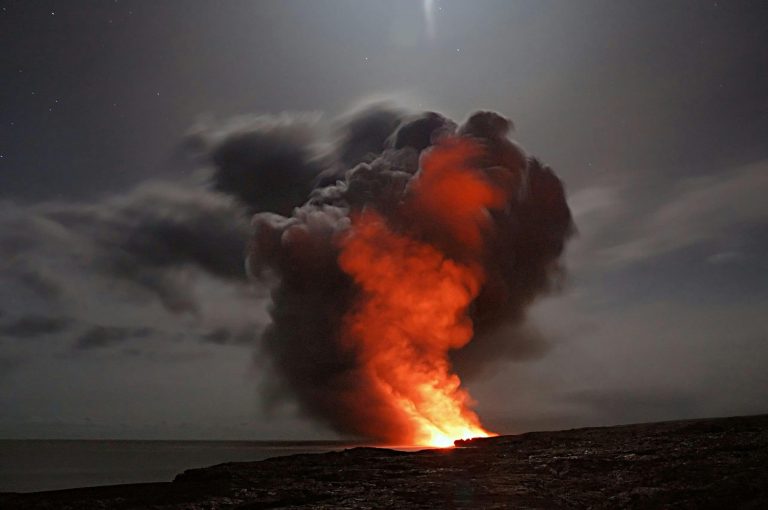First-degree burns are the mildest form of burn injury, affecting only the outer layer of the skin (epidermis). They are often caused by brief contact with hot objects, sunburn, or minor scalds. Though they are less severe than second- or third-degree burns, proper care is essential to promote healing and prevent complications.
Symptoms of First-Degree Burns
First-degree burns are characterized by:
- Redness: The skin becomes red and may appear slightly swollen.
- Pain: Mild to moderate pain at the burn site.
- Dry Skin: The affected area may feel dry and may not blister.
Immediate Care for First-Degree Burns
- Cool the Burn: Hold the burned area under cool (not cold) running water for 10-20 minutes to reduce pain and swelling. Avoid using ice directly on the burn.
- Clean the Area: Gently clean the burn with mild soap and water to prevent infection. Pat dry with a clean, soft cloth.
- Apply a Moisturizer: Use a burn-specific ointment or aloe vera gel to soothe the skin and keep it moisturized. Avoid using greasy substances like butter or oil.
- Protect the Burn: Cover the burn with a sterile, non-stick bandage to protect it from dirt and further injury. Avoid using adhesive bandages directly on the burn.
- Over-the-Counter Pain Relief: If necessary, take over-the-counter pain relievers like ibuprofen or acetaminophen to manage discomfort.
Preventing First-Degree Burns
- Sun Protection: Use sunscreen with SPF 30 or higher, wear protective clothing, and seek shade to prevent sunburn.
- Safe Handling of Hot Objects: Be cautious when handling hot liquids, objects, or surfaces. Use oven mitts, pot holders, and other protective gear.
- Educate on Burn Safety: Ensure that children and adults understand the risks of burns and the importance of safety measures in preventing them.
When to Seek Medical Attention
If the burn covers a large area, is accompanied by severe pain, or shows signs of infection (such as increased redness, swelling, or pus), seek medical attention. For more severe burns or if you have any concerns, consulting a healthcare professional is essential.
For more information on burn care and prevention, visit the CDC’s Burn Injury Prevention page. IGAKU is here to provide personalized consultations and expert advice on managing burns and ensuring proper care.
Read our other articles here.
- IGAKUhttps://igaku.co/blog/author/igaku/
- IGAKUhttps://igaku.co/blog/author/igaku/
- IGAKUhttps://igaku.co/blog/author/igaku/
- IGAKUhttps://igaku.co/blog/author/igaku/


